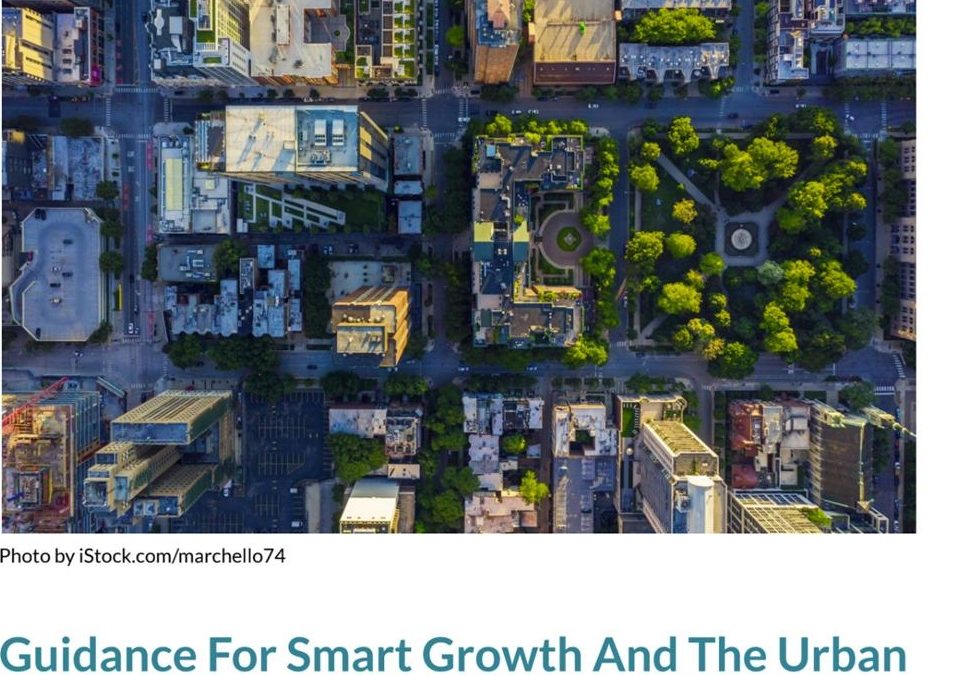Image Courtesy of iStock.com/marchello74
This is one in an ongoing series of guests posts authored by advocates and experts on important aspects of community development that intersect with affordable housing. This post was authored by Douglas Stewart, Transportation and Smart Growth Co-Chair, Virginia Sierra Club.
The Sierra Club has published a new guidance document to help its volunteers advocate for housing development that is both equitable and environmentally sustainable. The Urban Infill Guidance provides an overview of how land use decisions get made, how to get involved in the decision-making process and what types of housing proposals local Sierra Club members should support and oppose.
With 3.8 million members, the Sierra Club works to advance climate solutions and ensure everyone has access to clean air, clean water and a healthy environment. Sierra Club derives its grassroots power from members and volunteers in local and state chapters, such as the Sierra Club Great Falls Group, which covers Fairfax, Prince William, Loudoun and Fauquier Counties.
The Sierra Club recognizes that we can’t address climate change without addressing our nation’s housing crisis. The lack of diverse, affordable housing options in developed areas with transit networks where jobs and services are concentrated is a major factor in increasing greenhouse gas emissions. Locating housing farther away from these centers increases traffic, and in Virginia the transportation sector accounts for 48% of carbon dioxide emissions.
“Infill” is the development of new homes, jobs, shops and services in existing urban and suburban areas and small towns. By enabling people to live closer to jobs and services, infill development reduces driving and greenhouse gas emissions while providing other quality of life and economic benefits. Research by the Coalition for Smarter Growth has demonstrated that more compact development reduces greenhouse gas emissions by 10-40%. Other research has shown that more compact, mixed-use communities also reduce household transportation costs, which are often the second biggest household expense after housing.
Housing advocates will probably want to turn first to Chapter 3 of the guidance document, “Housing Accessible for All.” This chapter focuses on local and state-level actions that Club volunteers can take to help expand housing options and focus new development in the right places. The recommendations include:
- Providing incentives to finance more affordable housing production near transit stations
- Increasing local and state funding for affordable housing preservation and development
- Incorporating inclusionary zoning tools to incentivize or require developers to create below-market rental apartments or for-sale homes in connection with the local zoning approval of a proposed market-rate development project
In Northern Virginia, the Sierra Club has ample opportunity to apply all of these recommendations through advocacy and community outreach in partnership with NVAHA and other housing and smart growth organizations. Northern Virginia has more than 20 Metrorail stations (as well as 6 more coming online soon), around which more housing could be built. Areas like Tysons are prime opportunities to build more affordable housing near transit.
However, a recent report by the Brookings Institution indicates that a large proportion of new housing is in areas that have fewer jobs and transportation options, such as Loudoun and Prince William Counties, while job-rich areas like Fairfax County are not building enough housing. The guidance document is a call to action for Sierra Club members to reverse this trend and help focus new growth in walkable, transit-oriented communities, with a range of housing options for all incomes.

